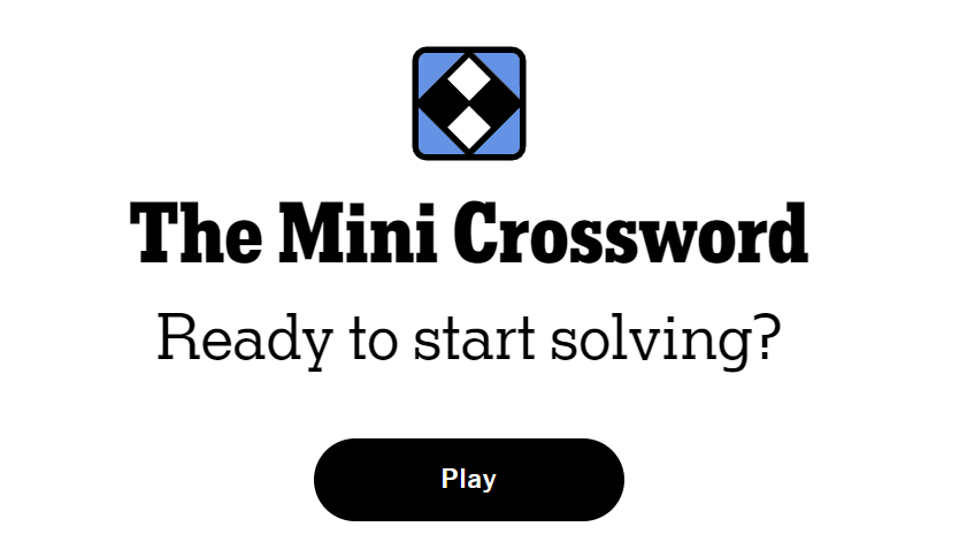Creating The Good Life: Practical Strategies For A Fulfilling Life

Table of Contents
Defining Your Vision of the Good Life
Before embarking on the journey of creating the good life, it's crucial to understand what it means to you. This involves introspection and a clear vision of your ideal future.
Identifying Your Values
Self-reflection is the cornerstone of defining your good life. What truly matters to you? Identifying your core values – those deeply held beliefs that guide your decisions and actions – is paramount. These values form the foundation upon which you'll build your life's goals.
- Examples of Core Values: Family, creativity, freedom, learning, contribution, health, spirituality, adventure, security, knowledge.
- Exercises for Identifying Values: Journaling prompts ("What brings me joy? What am I passionate about?"), value clarification worksheets, and mindful reflection can help uncover your deepest values.
- Values and Life Goals: Understanding your values is crucial because your life goals should directly align with them. If your values include family and connection, your goals might include spending quality time with loved ones or strengthening family bonds.
Setting Meaningful Goals
Once you've identified your values, it’s time to translate them into meaningful goals. Using the SMART framework ensures your goals are actionable and contribute to a fulfilling life.
- SMART Goals: Specific, Measurable, Achievable, Relevant, Time-bound.
- Examples of Meaningful Goals: "Spend 2 hours per week playing with my children (Specific, Measurable, Achievable, Relevant, Time-bound)," "Learn Spanish by taking an online course for 3 months (Specific, Measurable, Achievable, Relevant, Time-bound)," "Volunteer at a local animal shelter once a month (Specific, Measurable, Achievable, Relevant, Time-bound)."
- Breaking Down Goals: Large goals can feel overwhelming. Break them down into smaller, manageable steps to maintain momentum and avoid burnout. Use goal-setting tools like Trello or Asana to track your progress.
Cultivating Positive Habits and Routines
Building a fulfilling life involves cultivating positive habits and routines that support your physical, mental, and emotional well-being.
Prioritizing Self-Care
Self-care isn't selfish; it's essential for creating the good life. Prioritizing your well-being allows you to show up as your best self in all areas of your life.
- Examples of Self-Care: Regular exercise, mindful meditation, healthy eating, sufficient sleep, engaging in hobbies, spending time in nature.
- Benefits of Self-Care: Increased energy levels, improved mood, reduced stress, enhanced productivity, stronger immunity, better relationships.
- Overcoming Barriers to Self-Care: Identify and address potential barriers such as lack of time, motivation, or resources. Schedule self-care activities into your daily or weekly routine, just as you would any important appointment.
Building Positive Relationships
Strong relationships are vital for a fulfilling life. Nurturing existing connections and building new ones enhances your sense of belonging and provides valuable support.
- Tips for Nurturing Relationships: Regular communication, active listening, quality time together, expressing appreciation, empathy, and understanding.
- Building New Relationships: Join clubs or groups aligned with your interests, volunteer in your community, attend social events.
- Benefits of Strong Relationships: Increased happiness, reduced stress, improved mental and physical health, a sense of belonging and support.
Embracing Continuous Growth and Learning
The good life is a journey, not a destination. Embracing continuous growth and learning is essential for ongoing fulfillment and personal development.
Stepping Outside Your Comfort Zone
Personal growth often requires stepping outside your comfort zone. Embracing new challenges and experiences expands your horizons and builds resilience.
- Activities for Personal Growth: Learning a new skill (coding, painting, a new language), taking up a new hobby, traveling to a new place, pursuing further education, starting a new business.
- Overcoming Fear: Acknowledge your fears, break down large tasks into smaller ones, celebrate small victories, and seek support from others.
- Benefits of Personal Development: Increased self-confidence, improved problem-solving skills, enhanced adaptability, greater sense of accomplishment.
Practicing Gratitude and Mindfulness
Practicing gratitude and mindfulness cultivates a positive mindset and enhances overall well-being, significantly contributing to creating the good life.
- Gratitude Practices: Keeping a gratitude journal, expressing appreciation to others, reflecting on positive experiences.
- Mindfulness Techniques: Mindful meditation, deep breathing exercises, mindful walking, focusing on the present moment.
- Benefits of Gratitude and Mindfulness: Reduced stress, improved mood, increased resilience, enhanced emotional regulation, greater appreciation for life's simple pleasures.
Conclusion
Creating the good life is a deeply personal journey, but it’s one achievable through focused effort and consistent action. By defining your vision, cultivating positive habits, and embracing continuous growth, you can design a life rich in meaning, purpose, and fulfillment. Remember the key strategies discussed: defining your vision by identifying your core values and setting meaningful goals; cultivating positive habits and routines that prioritize self-care and strong relationships; and embracing continuous growth and learning through new experiences and practices like gratitude and mindfulness. Start creating your good life today by identifying your core values and setting meaningful goals. Take small steps, celebrate progress, and remember that building a fulfilling life is a journey, not a destination. Keep learning, keep growing, and keep creating the good life that's uniquely yours.

Featured Posts
-
 Elon Musk Back To Business After The Dogecoin Dip
May 31, 2025
Elon Musk Back To Business After The Dogecoin Dip
May 31, 2025 -
 Indian Wells 2024 Swiatek Advances Rune Upsets Tsitsipas
May 31, 2025
Indian Wells 2024 Swiatek Advances Rune Upsets Tsitsipas
May 31, 2025 -
 Us Social Media Policy Impact On Foreign Officials And International Relations
May 31, 2025
Us Social Media Policy Impact On Foreign Officials And International Relations
May 31, 2025 -
 Nyt Mini Crossword Clues And Answers For Tuesday April 8
May 31, 2025
Nyt Mini Crossword Clues And Answers For Tuesday April 8
May 31, 2025 -
 Extended Rain For Seattle Weekend Weather Prediction
May 31, 2025
Extended Rain For Seattle Weekend Weather Prediction
May 31, 2025
